Ten bejewelled pieces inspired by beasts
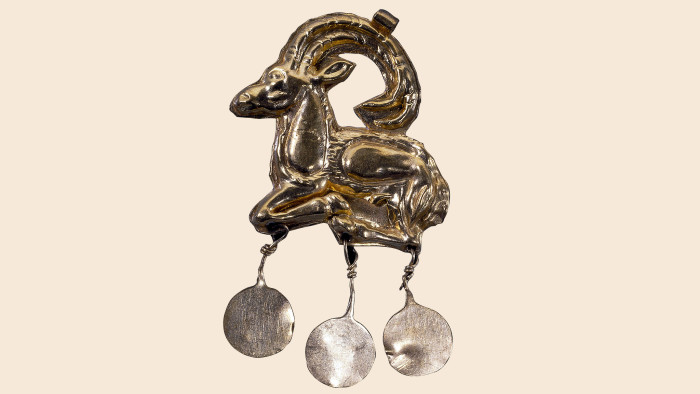
Roula Khalaf, Editor of the FT, selects her favourite stories in this weekly newsletter.
1700-1550BC
Cretan wild goat pendant
The long-horned, shaggy Cretan ibex on this Bronze Age jewel was descended from goats brought to the Greek island 9,000 years ago. This thin pressed-gold pendant (perhaps part of an earring) was one of many depictions of the animal in the period.
AD1500-1600
Ram pendant in pearls and enamel
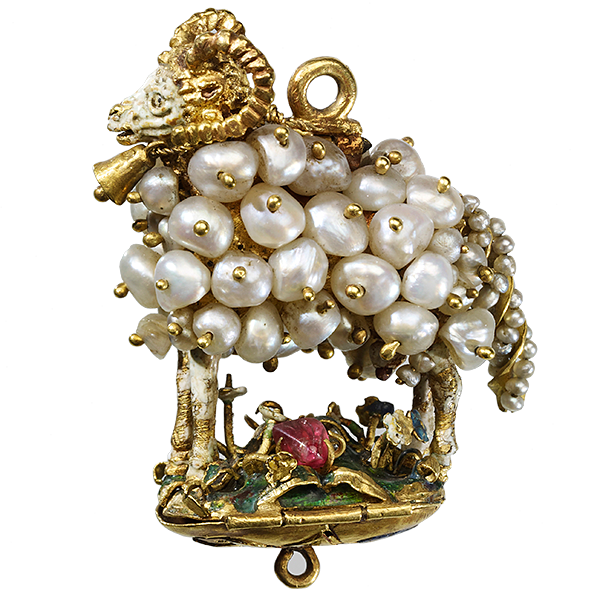
Its fleece rendered in a cluster of seed pearls, standing on a flowering mound topped with a rough ruby, this curious ram amulet arrived at the British Museum as part of the Rothschild family’s 1898 Waddeson Bequest.
1820
Micromosaic vinaigrette with suckling greyhound
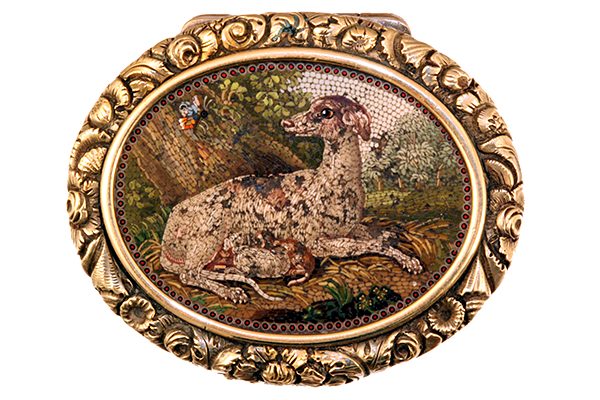
This vinaigrette — a small bejewelled box perhaps containing smelling salts — dates from the neoclassical revival popularised by Napoleon. The decoration is micromosaic, formed from tiny coloured tesserae (tiles) cut from rods of opaque glass.
1900
Wilhelm Lukas von Cranach, octopus and butterfly
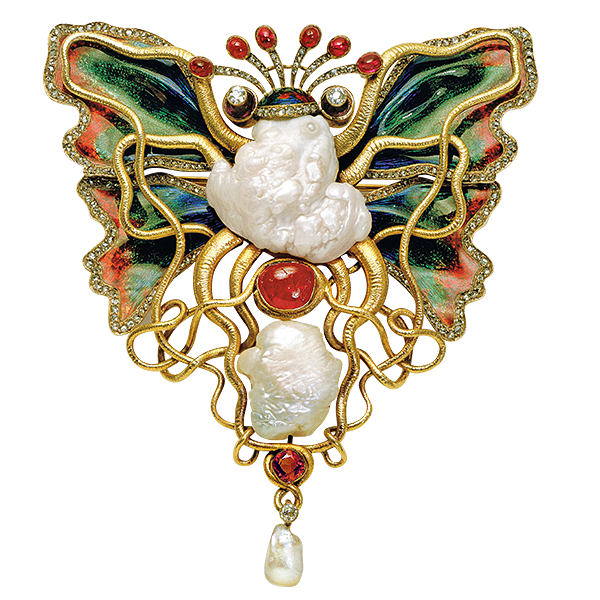
Painter Lucas Cranach the Elder signed his work with a black winged serpent wearing a crown and carrying a ruby ring in its jaws. His descendent Wilhelm Lukas made this bejewelled beast.
1914
Cartier, Panthère watch
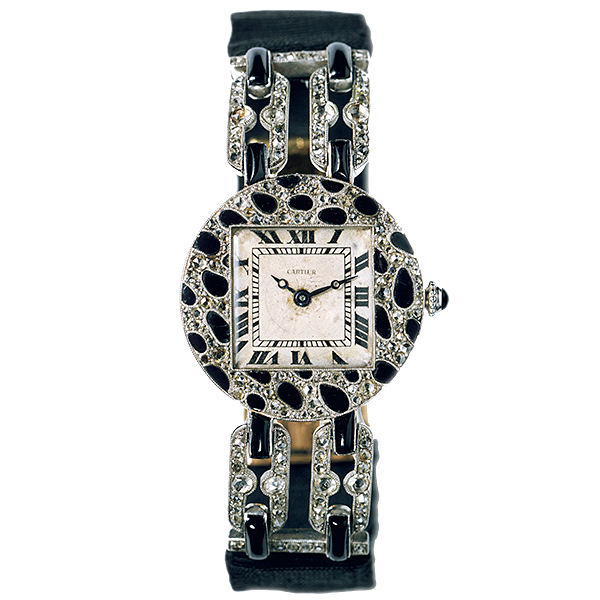
The panther’s spotted cousin (leopard or jaguar) lent its piebald design to an onyx-and-diamond-pavé watch, and then to a sculptural range of big-cat jewels, many under the direction of Jeanne Toussaint.
1940s
Bulgari, Serpenti watch
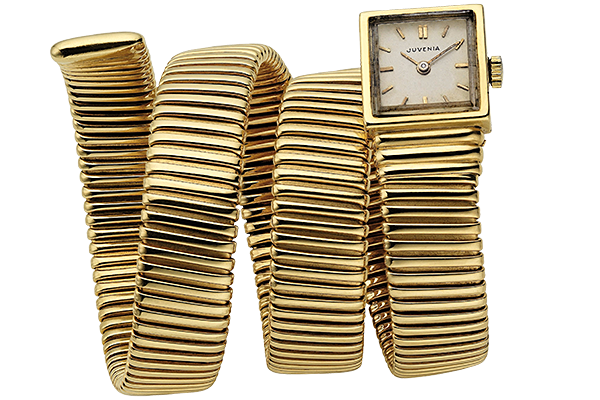
Giorgio and Costantino Bulgari drew on their Hellenic roots in creating snake-inspired jewellery designs. The first Bulgari Serpenti, developed using the flexible tubogas (gas-pipe) technique, appeared as watches in the late 1940s, with the watch face set into the snake’s head.
1962
Van Cleef & Arpels, Chat Malicieux clip
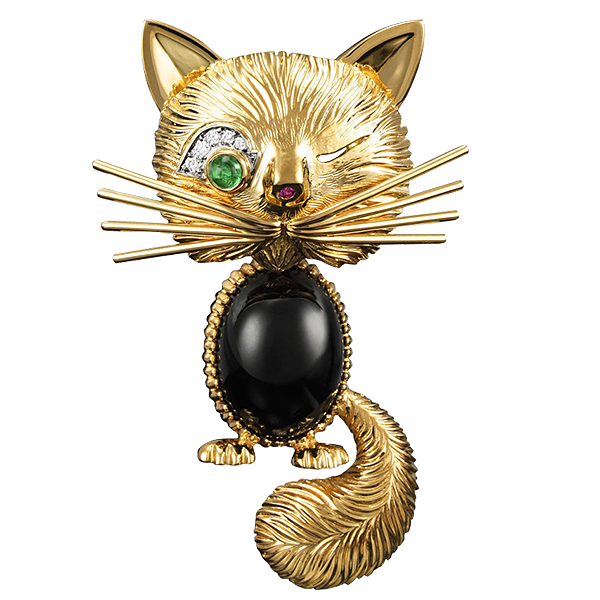
In the 1950s Van Cleef launched La Boutique, selling whimsical animal clips intended as affordable everyday wear. Designs including a winking cat, tousled lion and playful pony found fans among the most photographed of the day.
1964
David Webb, double-headed frog bracelet
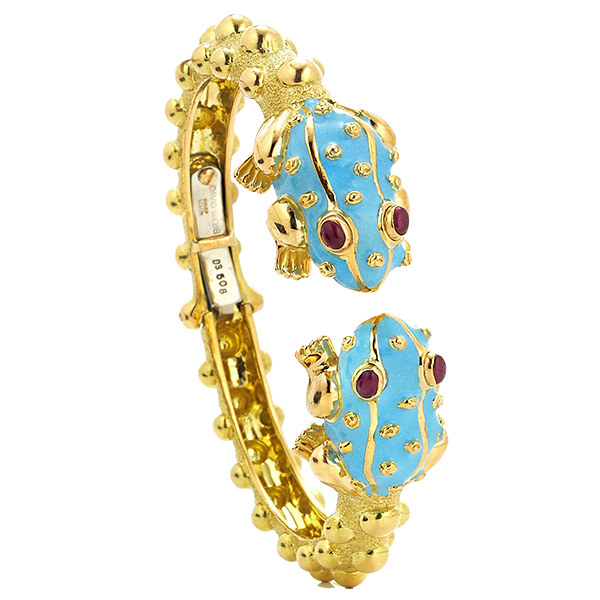
Setting up shop aged 23 in 1948 in New York, David Webb established animals as a favourite subject, with the zebra as the house emblem. This collection of animal-head bangles also included a unicorn, cobra and leopard.
1993
Hemmerle lion brooch
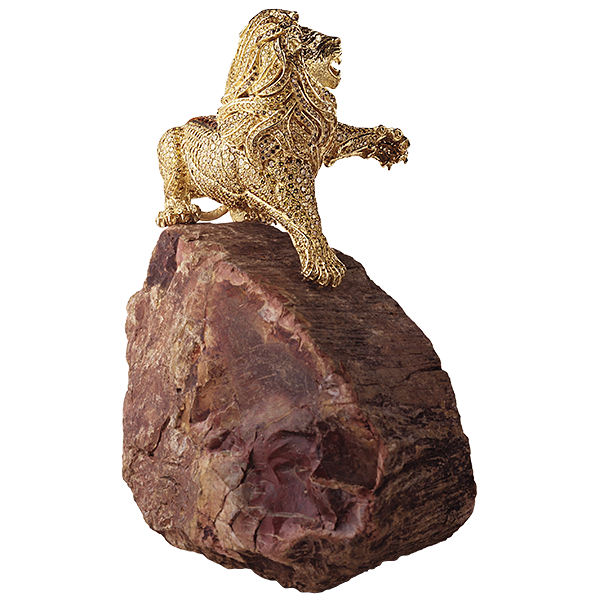
This Bavarian lion, created for the centenary of the family-owned, Munich-based house, is set with over 2,000 coloured diamonds and carries a stripe of yellow-brown sapphires. Other creations include diamond snails set in real shells and a creepily hairy tarantula.
2016
Harumi Klossowska de Rola, “Syncerus Caffer” Cape buffalo bracelet

Ms Klossowska creates sculptures and jewellery inspired by animals alive, dead and fantastical. She also draws on the world of science, configuring the anatomy of her creations from the bones outward.
Comments